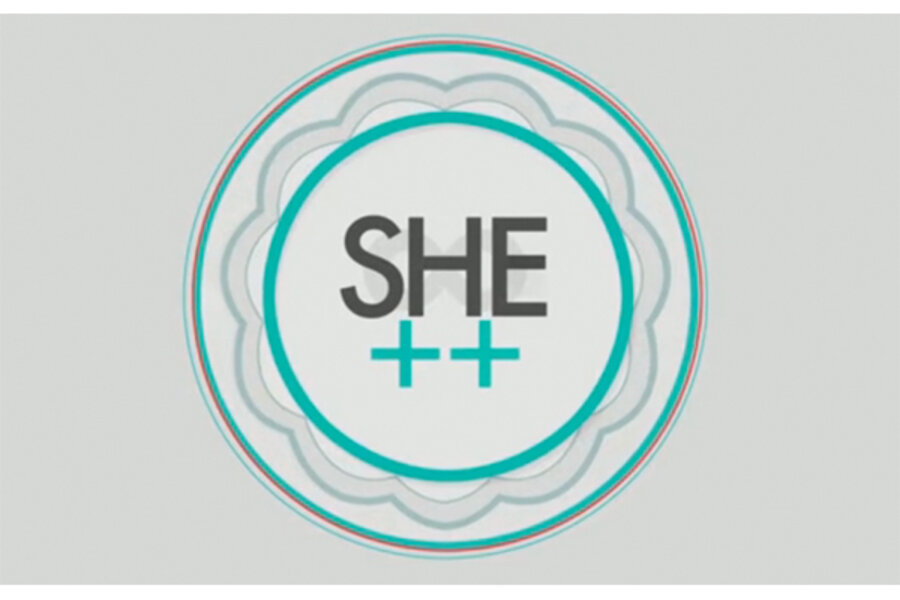Stanford University has arguably one of the best computer science programs in the world, but two computer science majors found that it was lacking in one way: female representation. Only 23.5 percent of computer science degrees were awarded to women last year, and Stanford seniors Ellora Israni and Anya Agerwal found that they knew of few female computer scientists working in the professional world. So they decided to start she++, an organization dedicated to telling the stories of women in programming, pairing mentors with aspiring female computer scientists, and creating events where women in the field could connect.
The organization started with a conference featuring women in computer science, and has since expanded to include a documentary, fellowship for high school students, and mentorship program. She++ is also collecting the stories of successful women programmers in a video library, so women across the Internet can get inspired.
“Through movies like The Social Network and The Internship, mainstream media has created a misleading image of the individuals who make up the tech industry--a bunch of hoodie-clad guys, typing obsessively at their laptops at 3 a.m., fueled by caffeine and junk food,” the she++ video library team writes. “At she++, we’re trying to change that. We want to introduce you to the women in technology--the software engineers, designers, and program managers--hacking cool things all across the tech spectrum.”
Recent interviews include Brina Lee, the first female engineer at Instagram; Allison Korczynski, an electrical engineer at Microsoft; and Yael Shrager, head of product navigation at Palantir, a computer software company.








